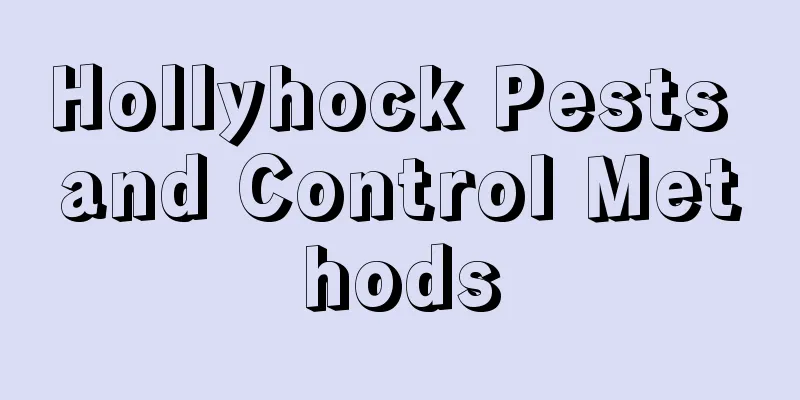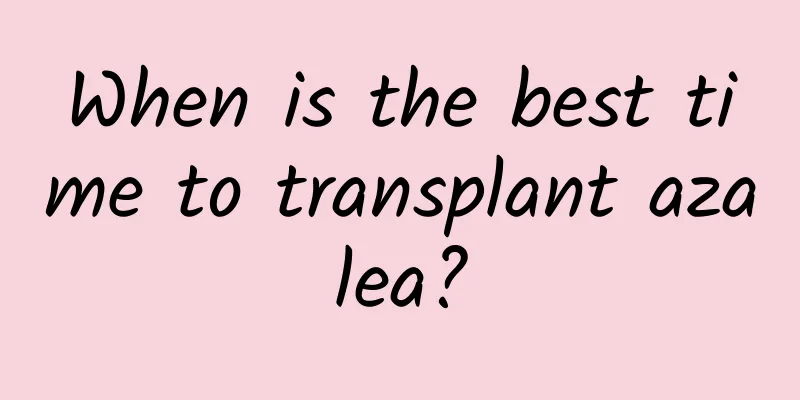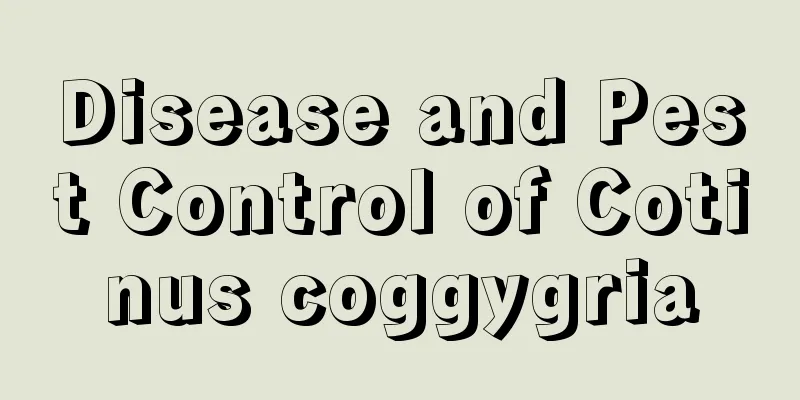Hollyhock Pests and Control Methods

Hollyhock Pests: Red Spider MitessymptomAlso known as cotton red spider, commonly known as big spider, big dragon, sand dragon, etc., the scientific name is spider mite, and the main species in my country is cinnabarin spider mite. This insect likes high temperature and dry environment. Therefore, under high temperature and dry climatic conditions, it reproduces rapidly and causes serious damage. The insects often gather on the back of the leaves and spin silk webs to cause damage. Individual red spider mites are very small, less than one millimeter, so they are not easy to be found. Once they are discovered causing damage, the hollyhock is often already seriously damaged. Red spider mites attack plants by piercing their mouthparts into the leaves to suck juice, which destroys the chlorophyll and causes the leaves to turn grayish yellow or develop spots. Later, the leaves turn yellow and fall off. In severe cases, the entire plant will lose all its leaves. Prevention and treatment methodsWhen the disease occurs seriously, use 7000 to 9000 times diluted 1.8% avermectin emulsifiable concentrate to spray evenly for prevention and control; or use 2500 to 3000 times diluted 15% cypermethrin emulsifiable concentrate to achieve good prevention and control effects. But be careful not to use dichlorvos to remove it, because dichlorvos can stimulate the proliferation of red spider mites. Also, do not use pyrethroid pesticides, as they are ineffective in preventing and controlling red spider mites. Hollyhock Pests: Cotton Leaf RollersymptomThere are three generations a year in Liaoning, four generations in the Yellow River Basin, 4-5 generations in the Yangtze River Basin, and 5-6 generations in South China. The last-instar larvae overwinter in fallen leaves, bark cracks, holes in tree stumps, and at the roots of weeds in the field. It occurs more frequently in densely growing areas and in rainy years, and the adults are phototactic. The cotton leaf roller will eat the leaves of hollyhock, causing the plant to grow weak and die in severe cases. Prevention and treatment methodsWhen you find larvae rolling up leaves and forming bags, pinch the bags and kill the insects. When found, spray 500 to 700 times diluted Bt wettable powder with a content of 16000 IU/mg, or 1500 to 2000 times diluted 25% carbendazim suspension, or 1500 to 2000 times diluted 20% mifensulfuron suspension, etc. |
<<: Diseases and Pests of Daxuesu and Their Control
>>: Common Pests of Snapdragon and Their Control Methods
Recommend
How to cultivate angelica
1. Maintenance methods 1. Temperature: Angelica l...
How to water and add water to a self-priming pot?
1. What to do if the roots rot 1. Watering: The s...
Common diseases and pests control in Yushu
aphid 1. Symptoms: This kind of pest and disease ...
How much is a pound of wild golden thread lotus, how much is a pound of golden thread lotus seeds
1. Wild price Relatively speaking, wild golden th...
How much water should honeysuckle be watered at one time
1. How much water to pour Although honeysuckle ca...
How to grow water banyan
1. Breeding environment 1. Light: It can still gr...
How to grow bougainvillea
1. Soil The soil for Bougainvillea needs to be lo...
Can Sydney be grown in the south?
Can snow pears be grown in the south? Snow pear c...
Is the bird of paradise flower easy to grow? Is it suitable for home cultivation?
Is it easy to grow bird of paradise? Bird of Para...
Is jasmine poisonous? Can jasmine be grown in the bedroom?
1. Is it poisonous? Jasmine is a common flower. A...
In the ugliest succulent contest, this is the ugliest one!
Ebisu Smile The first thing Huahua wanted to comp...
Iris pest control
Scarab harm When the soil is dry during the seedl...
How to water cloud bamboo
1. Precautions for watering The root system of cl...
Commonly asked questions about Crassula
What to do if the leaves of the swallowtail palm ...
How to propagate tulips, the main propagation methods of tulips
1. Seed propagation 1. Bulb storage: Tulips are b...









